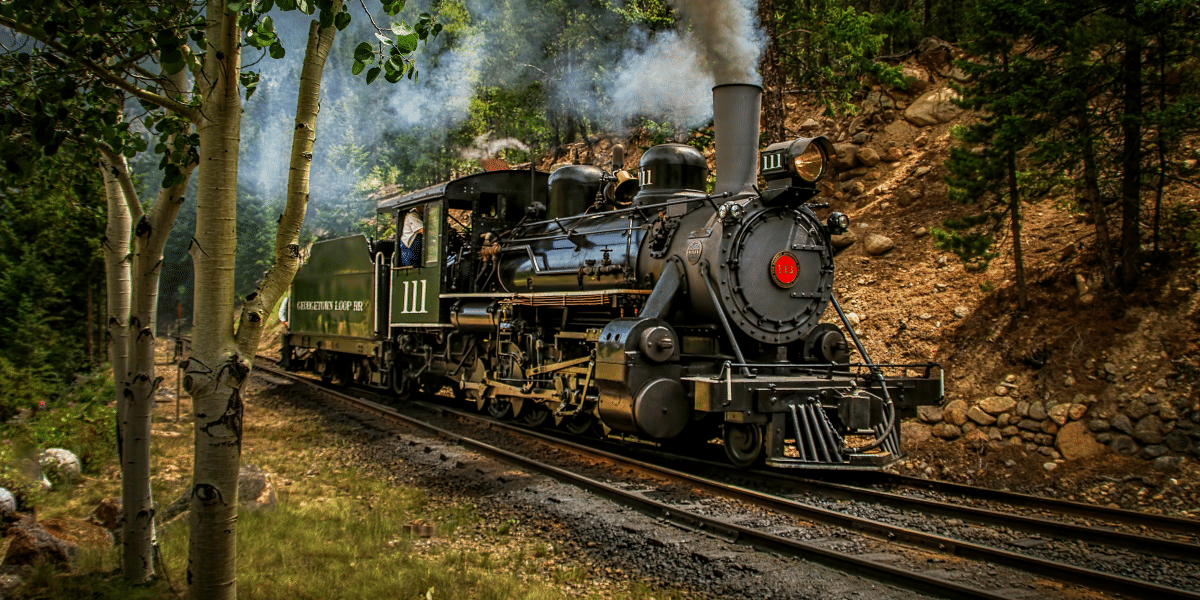Prior to the Industrial Revolution, manufacturing relied primarily on human and animal power, limiting production capacity. The invention of the steam engine, however, provided a powerful and reliable alternative. Pioneered by James Watt in the late 18th century, the steam engine transformed the way goods were produced. Factories emerged as centers of mass production, replacing workshops and cottage industries. Steam-powered machines replaced skilled artisans, enabling the mass production of a wider range of goods at a significantly faster pace (Britannica, Industrial Revolution).
The textile industry emerged as a prime beneficiary of the Industrial Revolution. Inventions like the spinning jenny and the power loom dramatically increased efficiency in yarn spinning and weaving. These advancements led to a surge in textile production, making cotton cloth, for instance, an affordable commodity for a wider population (Investopedia, Industrial Revolution Definition: History, Pros, and Cons).
The impact of the Industrial Revolution extended far beyond factory walls. The invention of the steam locomotive in the early 19th century revolutionized transportation by land. Steam-powered ships also transformed maritime trade, enabling faster and more efficient movement of goods and people across vast distances. These advancements not only spurred international trade but also facilitated the growth of urban centers as people migrated to industrial hubs for work opportunities.
The Social Impact of the Industrial Revolution
The Industrial Revolution triggered a seismic demographic shift. The promise of factory work lured vast numbers of individuals away from their traditional agricultural livelihoods. This mass migration led to the unprecedented growth of cities, as people poured into burgeoning industrial centers in search of opportunities. Unfortunately, urban infrastructure was ill-equipped to handle this rapid influx. Housing shortages became rampant, leading to the proliferation of overcrowded and unsanitary slums that characterized many industrial towns. These areas were plagued by inadequate sanitation, a lack of clean water, and the rampant spread of disease.
The factory system itself brought about radical changes in the nature of work and family life. While extended families once lived and worked together in rural settings, industrial jobs drew individuals away from the home. Men, women, and even young children labored long, grueling hours within factories in often dangerous and unhealthy conditions. “The factory system destroyed the home,” notes one historian, highlighting the disruptive effect it had on the traditional familial structures of the time.
The stark realities of working-class life within these burgeoning industrial cities gave rise to serious social problems. Workers toiled under harsh conditions for meager wages, straining family budgets and leaving little room for improvement of living standards. This economic hardship contributed to issues like crime, alcoholism, and the breakdown of families. These social ills became endemic in many industrial cities, highlighting the profound human cost of the Industrial Revolution’s profound economic and technological transformations.
The Industrial Revolution marked the birth of the modern working class – a vast segment of the population whose livelihood depended on wages earned from factory labor. Unlike skilled artisans of the previous era, factory workers often performed repetitive and monotonous tasks, requiring little specialized knowledge. Consequently, their bargaining power was limited, leaving them vulnerable to exploitation. It was common for factory owners to prioritize profits above all else, resulting in unsafe working conditions, excessively long shifts, and wages barely sufficient for survival.
The plight of industrial workers extended beyond the factory gates. As noted previously, urban housing was scarce and squalid. Moreover, the rapid influx of workers created a ready labor pool, which employers exploited to keep wages low. This combination of factors trapped many working-class families in a cycle of poverty and hardship. “The Industrial Revolution enriched the wealthy and impoverished the poor,” observes one economic historian.
Yet, from within this environment of hardship rose a powerful movement for change. Labor unions emerged as a means for workers to collectively bargain for their rights. Initially, these organizations faced considerable opposition, with governments often viewing them as threats to the established order. Over time, however, labor unions gained recognition and began to secure tangible improvements for workers. They fought for and won legislation mandating safer working conditions, outlawing child labor, establishing minimum wages, and limiting work hours. These hard-earned victories laid the foundation for the labor rights enjoyed by workers in many industrialized nations today.
The Industrial Revolution’s impact continues to be felt today. Mass production techniques form the bedrock of modern manufacturing, while advancements made during this era laid the foundation for future technological innovations. The environmental consequences of industrialization, however, also cast a long shadow. The burning of fossil fuels to power steam engines significantly contributed to air and water pollution, issues that continue to plague modern societies.








